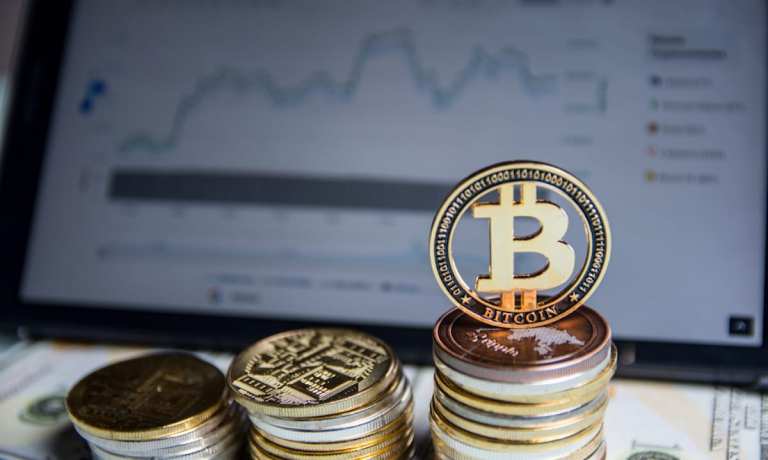
Digital currency has a long way to go before it is ubiquitous. And for stablecoins — not to be confused with digital fiat – the road may be a bit bumpy.
Stablecoins are digital offerings that are backed by or pegged to some underlying asset (the U.S. dollar, for example, or gold) that, hypothetically speaking, should keep the value of the stablecoin within some narrow trading range.
“Narrow” is especially relative to the wild swings in pricing seen with bitcoin and other “pure-play” cryptos that are not backed by such tangible pegs. Bitcoin, as we’ve seen, can gyrate up or down several percentage points in a day, or even in an hour.
Stablecoins are finding some footing within financial services, where J.P. Morgan has made headlines with its JPM Coin (pegged one to one to the dollar), designed for instantaneous B2B payments between accounts.
But as for the bumps: the Financial Times reported recently that the Bank of England has warned that stablecoins may face more regulation. Officials noted that banks would likely have to have reserves in place that would let stablecoin holders redeem them for cash on a one-to-one basis.
“The prospect of stablecoins as a means of payment … [has] generated a host of issues,” said BoE Governor Andrew Bailey. “It is essential that we ask the difficult and pertinent questions when it comes to the future of these new forms of digital money.”
Fully Interchangeable
The bank said in a statement that “stablecoins must promise, credibly and consistently, to be fully interchangeable with existing forms of money … for stablecoins to be used alongside commercial bank money, the bank must be satisfied that they are safe … and they must not rely on making promises that they cannot guarantee to keep over time.” In the meantime, of course, the bank is examining the issuance of digital fiat itself, to be issued as a central bank digital currency (CBDC).
The issue of regulation is a pressing one, as in at least one case, governments are embracing cryptos (with all their inherent volatility) with open arms. That would be El Salvador, of course, which has said bitcoin will act as legal tender in that country, the same as the U.S. dollar (the official currency).
Separately, the Bank of International Settlements (BIS) has said that cryptocurrencies should be divided into two asset classes – and has asked for consultation on the matter. The BIS’ Basel Committee posited in an announcement that the crypto classes would be divided between offerings such as stablecoins and tokenized assets that would be eligible for treatment under the Basel Framework, which provides standards for banking supervision. Separately, the BIS said that cryptos, with a nod toward their riskiness, “would be subject to a new conservative prudential treatment.” CBDCs would not be within the scope of the aforementioned, proposed asset classes.
As the BIS is in turn owned by central banks, the proposal may provide a bit of a road map as to where, collectively, monetary authorities may be headed when it comes to cryptos, stablecoins and CBDCs. In a nutshell, the roadmap hints at more regulation. It might be the case that stablecoins wind up being governed by stricter capital reserve policies, which in turn tie up capital on balance sheets … which then may stymie (at least a bit) their creation or adoption by banks.
Next: DeFi And The Tokenization Of ‘Everything’